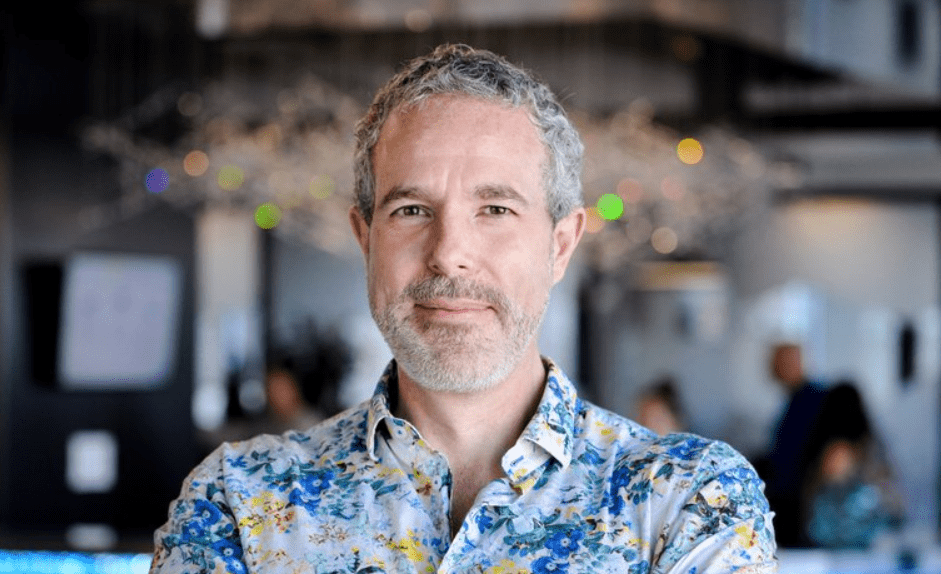
SpaceX investor backs Toronto AI upstart's journey into the 'dark region' of genetic diseases
Brendan Frey set out, when he began the project to pick out a lead program for Deep Genomics, to prove that the artificial intelligence systems his lab has designed can identify new drug targets and find a winning candidate much faster than traditional methods. Now that they have zeroed in on an antisense oligonucleotide exon-skipping therapy for a subtype of Wilson disease — selected out of 2,400 ailments and 120,000 underlying genetic mutations — as their face case, the Toronto-based biotech is ready to delve into new frontiers with their AI tech.
Unlock this article instantly by becoming a free subscriber.
You’ll get access to free articles each month, plus you can customize what newsletters get delivered to your inbox each week, including breaking news.